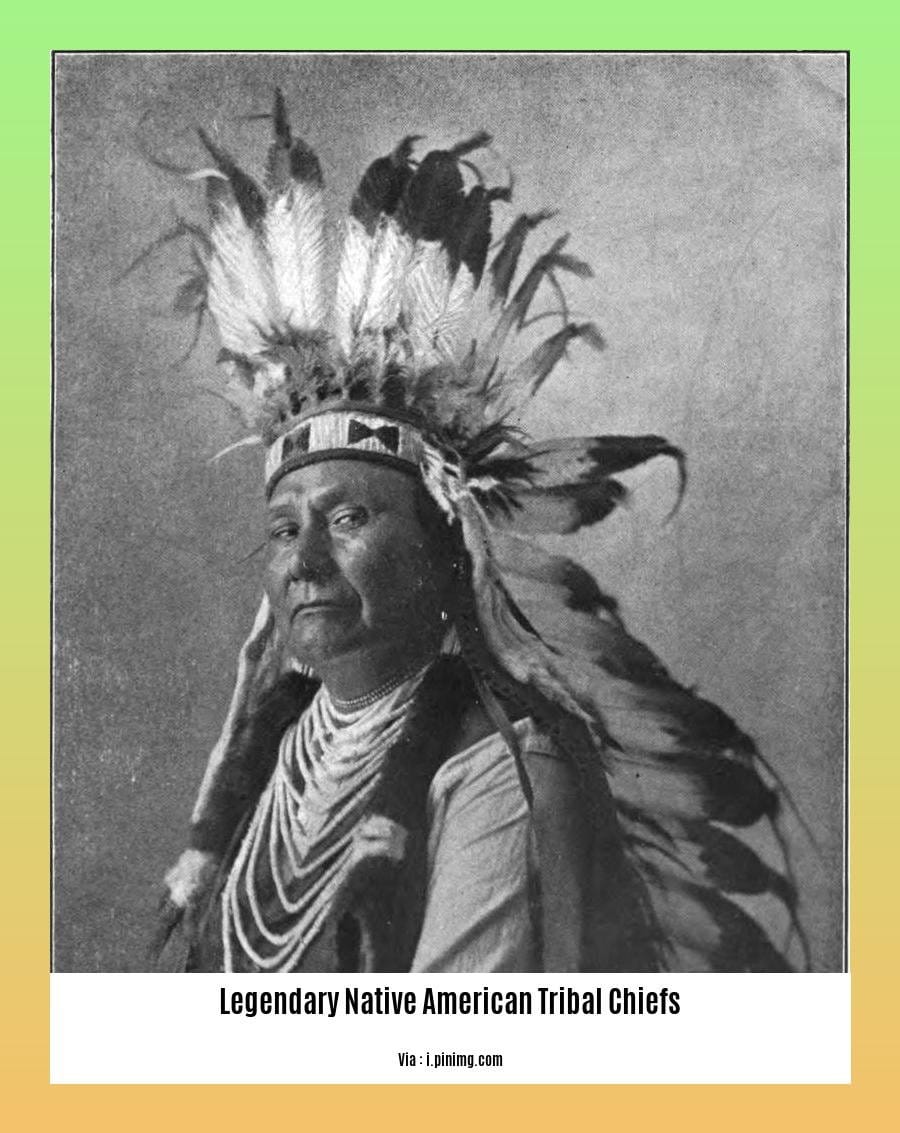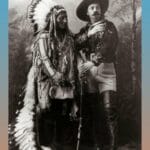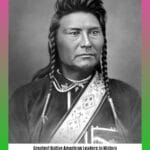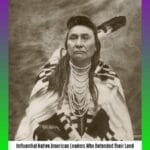Embark on a captivating journey into the annals of history with “Legendary Native American Tribal Chiefs: Unraveling the History of Indigenous Leadership.” This insightful article delves into the extraordinary lives of revered Native American leaders, shedding light on their remarkable influence and enduring legacy. Through a tapestry of ancient accounts, oral traditions, and archaeological evidence, we unravel the intricate stories of these visionary individuals who shaped the destiny of their people and left an indelible mark on the fabric of American history.
Key Takeaways:

- Chief Sitting Bull: Lakota leader who led his people to victory at Little Bighorn.
- Chief Tecumseh: Shawnee chief who attempted to unite Native American tribes against European settlers.
- Chief Joseph: Nez Perce leader who resisted U.S. expansion through diplomacy and military action.
- Chief Red Cloud: Oglala Lakota chief who protected the Black Hills from white encroachment.
- Chief Osceola: Seminole leader who fought against U.S. occupation in the Second Seminole War.
- Chief Geronimo: Apache warrior who waged guerilla warfare against the U.S. government.
- Chief Cochise: Apache diplomat who negotiated a treaty with the U.S. government.
Legendary Native American Tribal Chiefs: A Legacy of Leadership
In the annals of history, the names of the legendary Native American tribal chiefs stand as beacons of resilience, wisdom, and unwavering spirit. These exceptional leaders not only guided their communities through treacherous times but also left an indelible mark on the tapestry of American history.
From the indomitable Sitting Bull, who rallied his people against the US Army at the Battle of Little Bighorn, to the visionary Tecumseh, who sought to forge a pan-Indian alliance against European encroachment, these chiefs exhibited extraordinary courage, diplomacy, and strategic brilliance.
Chief Joseph, a reluctant warrior, became a symbol of both resistance and reconciliation as he led the Nez Perce in their epic retreat after the Battle of the Big Hole.
Chief Red Cloud emerged as a fierce defender of the Black Hills, rallying his Oglala Lakota warriors against the encroaching US government.
Osceola, the enigmatic leader of the Seminole people, waged a bloody and protracted war against the United States in defense of their ancestral lands.
Geronimo, a legendary Apache warrior, led a relentless guerilla campaign against US forces, inspiring awe and respect among both enemies and allies.
Cochise, a pragmatic diplomat, negotiated a treaty with the United States that established the San Carlos Apache Reservation, securing a measure of autonomy for his people.
These are just a few examples of the many legendary Native American tribal chiefs whose stories continue to captivate and inspire generations. Their unwavering determination, cultural resilience, and deep connection to their land serve as a testament to the enduring strength and resilience of Native American communities throughout history.
Discover the captivating stories of famous native american chiefs and tribe leaders who shaped the history of indigenous communities. Explore the remarkable influential native american leaders who defended their land, preserving their cultural heritage against adversity. And be inspired by the greatest native american leaders in history, whose wisdom and leadership continue to resonate today.
Leadership Styles and Strategies
Delve into the remarkable leadership styles and strategies that have guided Native American tribes throughout history.
Chief Sitting Bull (Tȟatȟáŋka Íyotake): A visionary leader who led his Lakota Sioux tribe to victory at the Battle of Little Bighorn. His unwavering bravery and strategic brilliance were key to their triumph.
Chief Tecumseh: This Shawnee chief’s diplomacy and charismatic prowess united Native American tribes against European expansion. His efforts ultimately inspired resistance and fostered pan-tribal solidarity.
Chief Joseph (Heinmot Tooyalakekt): Despite the grim fate of the Nez Perce, Chief Joseph’s leadership showcased grace and strength. His diplomatic negotiations, alongside his tragic retreat from ancestral lands, exemplified both resistance and the pursuit of peace.
Chief Red Cloud (Maȟpíya Lúta): A fierce warrior and skilled negotiator, Chief Red Cloud led the Oglala Lakota warriors to defend the Black Hills against the US government. His strategic alliances and unwavering resolve made him a formidable force.
Chief Osceola (Asi-Yahola): This Seminole leader’s military prowess was matched by his diplomacy. He led his warriors in a fierce battle against US forces during the Seminole Wars, demonstrating both courage and cunning.
Chief Geronimo (Goyaałé): A legendary Apache warrior, Geronimo’s guerilla tactics and unwavering resistance made him a powerful force against US expansion. His ability to rally his people and outsmart his enemies is a testament to his exceptional leadership.
Chief Cochise (Cheis): Renowned for his wisdom and diplomatic skills, Chief Cochise played a crucial role in negotiating treaties with the US government. His ability to balance strategic alliances with resistance tactics ensured the autonomy of his Apache people.
Key Takeaways:
- Native American tribal chiefs exhibited exceptional Leadership Styles and Strategies that ensured the survival and prosperity of their communities.
- Their diplomatic skills, military prowess, and unwavering resilience are a testament to their extraordinary leadership qualities.
- The legacy of these legendary chiefs continues to inspire and guide generations of Native American peoples and all who seek wisdom in leadership.
Citation:
- Legends of Leadership: The 15 Greatest Native American Chiefs in History:
Contributions to Native American Legacy
Native American chiefs played a pivotal role in shaping the destiny of their people. They led with courage, wisdom, and unwavering commitment to preserving their cultural heritage and traditions.
Preservation of Cultural Heritage and Tradition:
Chiefs like Powhatan, Tamanend, and Tecumseh fought fiercely to maintain their ancestral lands, customs, and languages. They recognized the importance of passing down traditions through generations, fostering a strong sense of identity and connection to the land.
Military Service and Defense of the Nation:
Native Americans have a long history of military service, with warriors participating in the Civil War and later conflicts. Joining the U.S. military provided some Native Americans with an opportunity to continue their warrior tradition and defend their people’s interests.
Negotiations and Diplomacy:
Chiefs like Joseph Brant and Sequoyah skillfully negotiated treaties and agreements with the U.S. government. They advocated for their people’s rights, ensured economic stability, and promoted peace and understanding.
Key Takeaways:
- Native American chiefs served as guardians of their people’s cultural heritage and traditions.
- They fought bravely to protect their ancestral lands and way of life.
- Through military service and diplomacy, they contributed to the defense of their nation and the promotion of peace.
Source:
- 12 Influential Native American Leaders
Challenges and Adversities Faced
Throughout history, Cheyenne Indian chiefs, like many other Native American leaders, have encountered formidable trials and tribulations. Negotiating with the U.S. government, enduring broken treaties, and witnessing the loss of their cherished lands were just a few of the obstacles they valiantly faced.
Native American leaders have persevered through wars, forced relocation programs, rampant discrimination, and relentless persecution. Despite these hardships, they’ve displayed unwavering resilience, demonstrating their profound commitment to their people.
Caring for their communities, securing sustenance and shelter, preserving spiritual teachings, and maintaining peace were the cornerstones of leadership for Native Americans. In the face of adversity, some leaders sought diplomatic solutions through treaties, while others utilized military resistance to safeguard their interests.
Key Takeaways:
- Native American leaders have faced immense challenges, including negotiating with the U.S. government, broken treaties, and the loss of traditional lands.
- They have also endured wars, relocation programs, discrimination, and persecution.
- Despite these challenges, Native American leaders have shown great resilience and commitment to their people.
- They have used both diplomatic and military strategies to protect their interests.
Most Relevant URL Source:
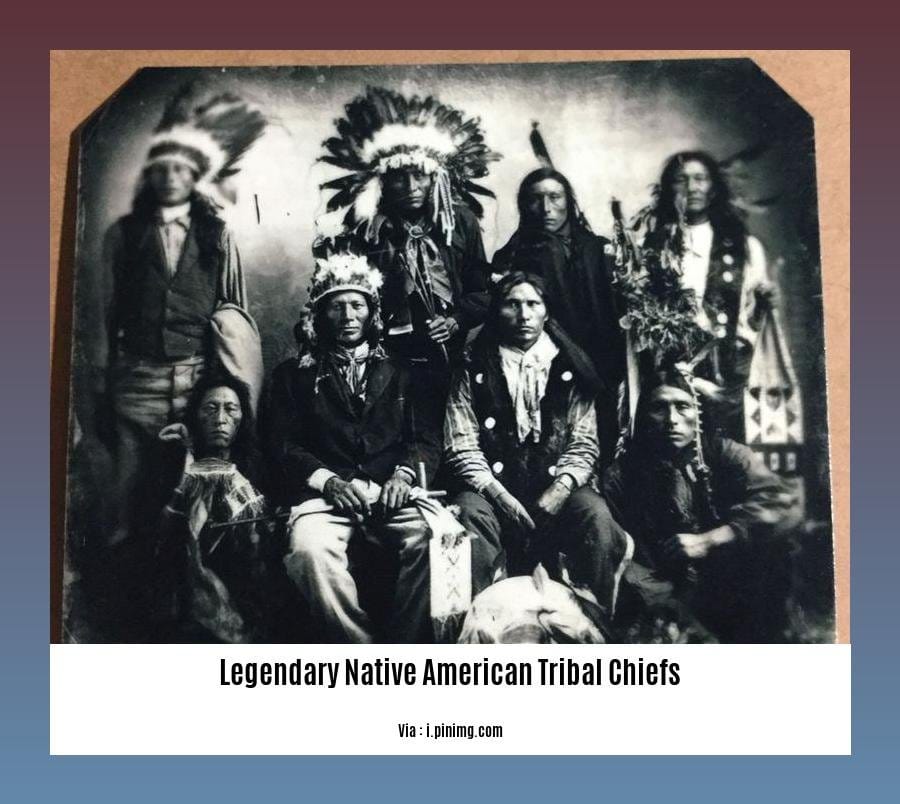
FAQ
Q1: Who is considered one of the most renowned Lakota defenders in history?
Q2: Which Shawnee chief played a crucial role in unifying Native American tribes against European encroachment?
Q3: Name the Apache warrior who waged a relentless guerilla campaign against the US government.
Q4: Who was the Oglala Lakota defender who fought to protect the Black Hills?
Q5: Which Nez Perce leader reluctantly led his people in a tragic retreat from their traditional lands?
- China II Review: Delicious Food & Speedy Service - April 17, 2025
- Understand Virginia’s Flag: History & Debate - April 17, 2025
- Explore Long Island’s Map: Unique Regions & Insights - April 17, 2025
